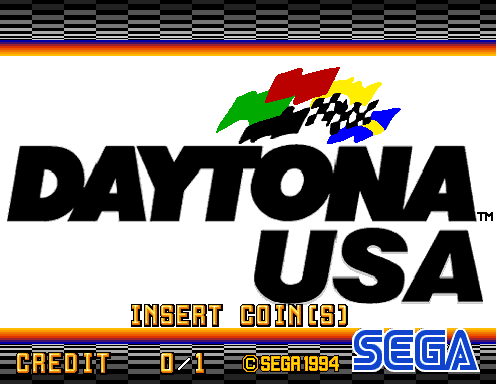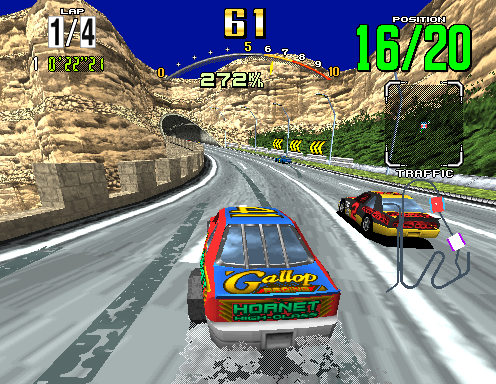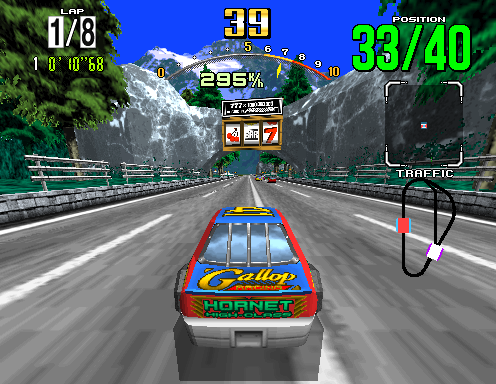Bad Dudes vs. DragonNinja is a beat-em-up style arcade game that can be played single player or cooperatively with another player. It was released by Data East in 1988. The plot is that President Ronnie (a very thinly veiled reference to Ronald Reagan) has been kidnapped by the evil (of course) Dragon Ninja. The secret service engages the help of the “Bad Dudes”, a heroic duo named Blade and Striker.

The game play is fairly typical of any side-scrolling beat-em-up though this game helped to define the genre. There are several chapters or levels that include locations such as New York City streets, a moving truck, a sewer, a forest, a freight train, a cave, and an underground factory. You have basic attacks like punches and kicks as well as a charged attack and you can pick up various weapons along the way, including knives and nunchuks as well as other power ups. And of course, at the end of each level there is a boss character.

The arcade game was extremely successful and there were a multitude of home ports introduced the same year including for the NES, Amiga, Apple II, Atari ST, Commodore 64, DOS, and more. The NES version is probably the most well known. The “vs. DraonNinja” part was dropped or de-emphasized so the game came to be better known as just “Bad Dudes”. Reviews of both the arcade and home versions were mostly positive. The biggest difference between the arcade version and the original home versions was that the home versions did not allow two player simultaneous play. Instead, you took turns.

It was a long time before there were any re-releases. Data East financial troubles probably contributed to this though you would have thought they could have made some money on re-releases. Instead, they went bankrupt in 2003 and a company called G-Mode bought the rights to the game. The arcade version of the game was re-released in 2010 as part of Data East Arcade Classics for the Wii, in 2017 as part of a dedicated console called Super Retro-Cade, in 2018 as part of Flying Tiger’s Johnny Turbo series for the Switch, and in an arcade cabinet from Arcade1Up in 2020. The NES port has also been re-released several times. There was also an arcade sequel called Two Crude Dudes (at least in North America) that was released in 1990 and ported to the Genesis.

If you like this style of game, then Bad Dudes, as well as its sequel, are definitely ones you want to try. The arcade version is obviously the best and you may be able to get your hands on one of the re-release options mentioned above or you can play it via an emulator. If you are a particular fan of one of the home platforms that it was ported to then it might be worth trying out as well. However, while they generally aren’t bad ports, contemporary arcade conversions were not always a strong suit of 8-bit computers…especially later ports where the arcade hardware had gotten better. There were always sacrifices.
Screen shots above are from the arcade version of the game.








